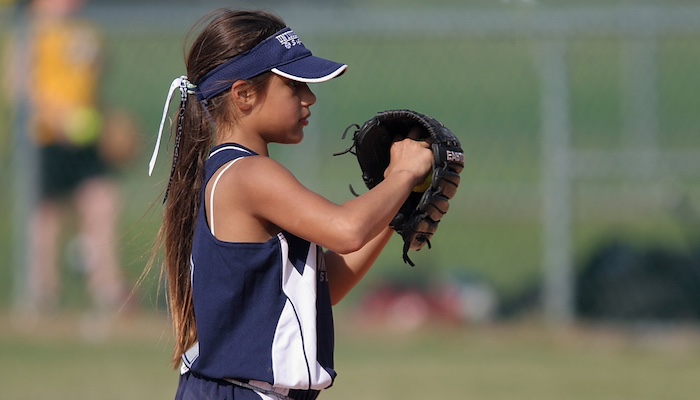
Little League and adolescent throwers are as susceptible to many of the same stresses on their arms as adult players. Often, injuries that develop at a young age may become more serious as the player becomes older. However, certain precautions can be taken to prevent or minimize injuries.
The following are guidelines that parents and coaches should follow with this goal in mind:
- Limit the number of game pitches thrown. Excessive pitch counts have been linked to increased incidences of shoulder and elbow injuries. (Most leagues have developed guidelines for pitch counts). The USA Baseball Medical and Safety Advisory Committee has established the following pitch count guidelines:
| AGE | PITCHES PER GAME | PITCHES PER WEEK | PITCHES PER SEASON |
| 9-10 years | 50 pitches | 75 pitches | 1000 pitches |
| 11-12 years | 75 pitches | 100 pitches | 1000 pitches |
| 75 pitches | 125 pitches | 1000 pitches |
- Prevent young pitchers from throwing curveballs or sliders in games until their elbow and shoulder growth plates have closed. Generally, growth at the elbow and shoulder is complete (with growth plate closure) between the ages of 14 to 16 years, but this varies from one individual to another and must be determined by taking an x-ray of the joint. Not only do learning these pitches require a lot of stress and repetition, but young pitcher’s hands may be too small to master them.
- Learn to change speeds and locate your pitches correctly. Don't try to throw every pitch as hard as you can.
- Learn to throw a changeup as an effective alternative. It has been demonstrated to be a safe pitch [1].
- Avoid pitching in multiple leagues during the same season. This makes it difficult to monitor the pitch count of a player. Playing another position may minimize the stresses on the throwing arm.
- Avoid throwing year-round, as the throwing arm needs time to recover. A minimum of three months of rest is required for recovery between seasons.
- Work with a coach to develop good throwing mechanics. Learning at an early age to utilize the core, and larger muscles of the hips, trunk, and legs may not only enhance performance but reduce the risk of injury to the shoulder and elbow. In addition, striding toward home plate and having a good, long follow-through will also reduce the strain on the shoulder and elbow.
- Avoid trying to “overthrow” pitches. Throwing pitches too hard to gain pitch speed may predispose a pitcher to injury. In addition, it is mechanically inefficient and may decrease performance.
- Pitch only to the point of fatigue, not through it. This can decrease the risk of injury.
- Never ignore persistent shoulder or elbow pain -- do not try to pitch through it. Your physician should be consulted. It is important to remember that many minor injuries can become major problems. Signs of deterioration may include loss of motion, loss of strength or velocity, and tenderness.
- Maintain good all-around strength and flexibility with a year-round training program provided by your physical therapist or other qualified health professional. Throwers who are strong and flexible may have a reduced risk of injury and recover faster from an injury.
Precision Pain Care and Rehabilitation has two convenient locations in Richmond Hill – Queens, and New Hyde Park – Long Island. Call the Queens office at (718) 215-1888 or (516) 419-4480 for the Long Island office to arrange an appointment with our Interventional Pain Management Specialists, Dr. Jeffrey Chacko or Dr. Sonny Ahluwalia.















